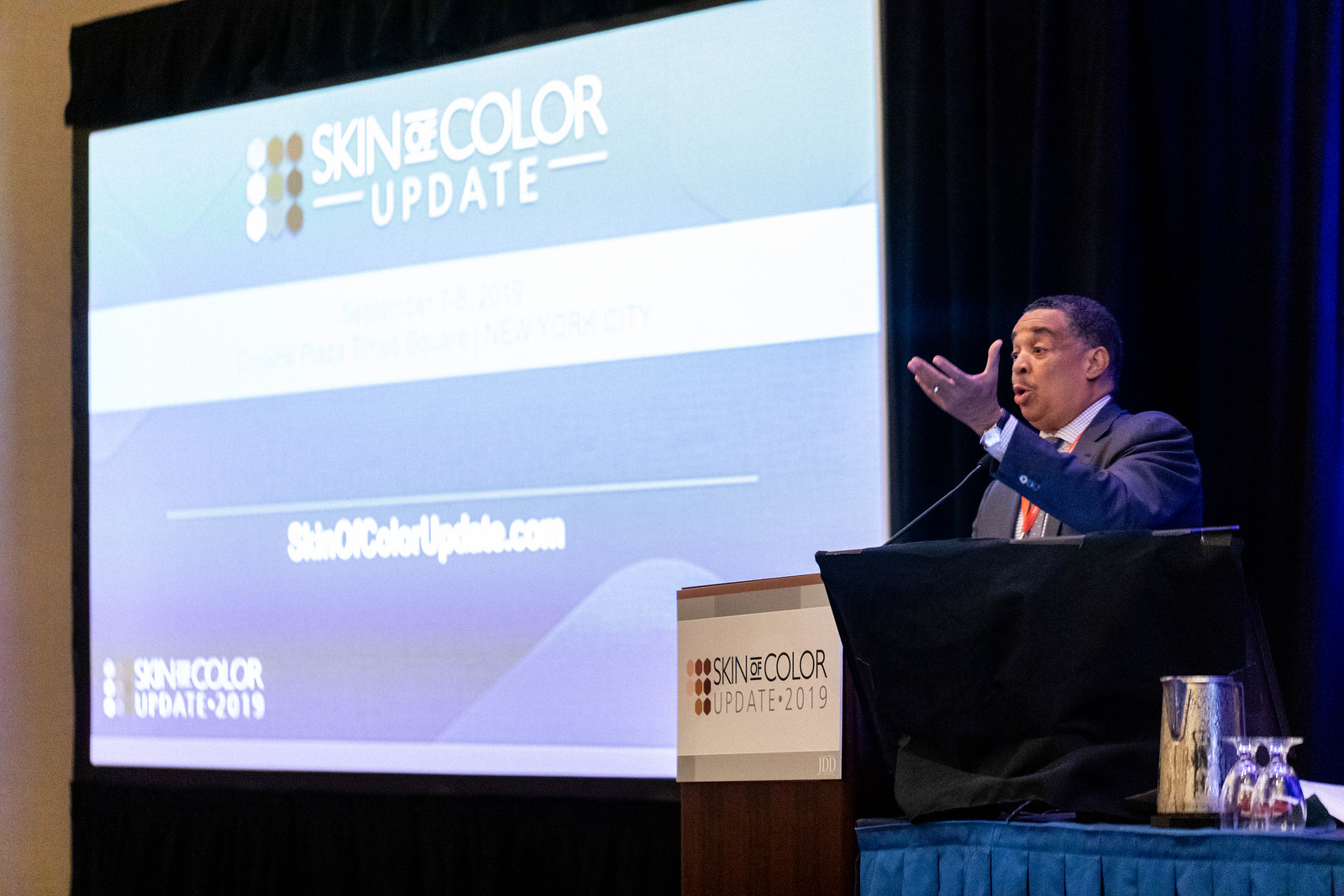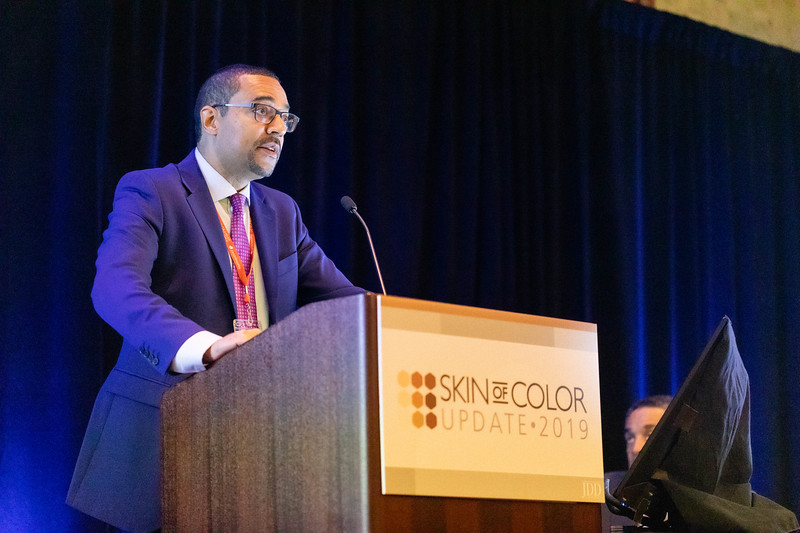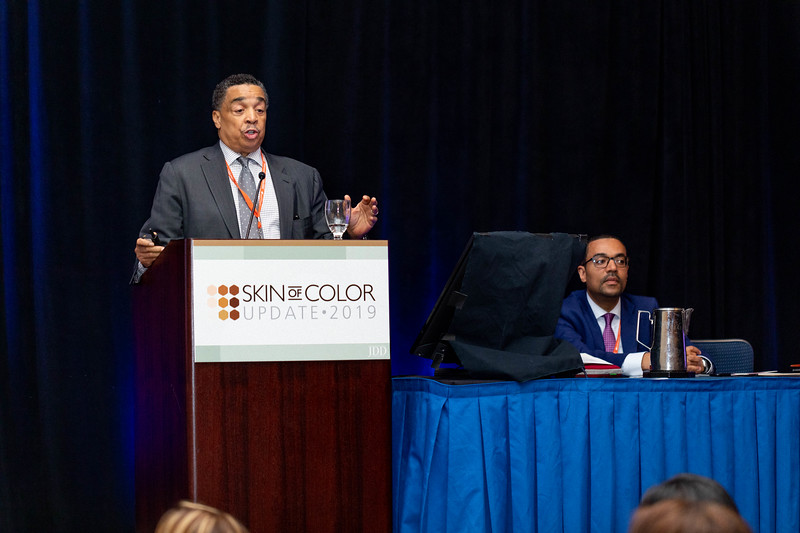
New York (Nov. 5, 2019) Skin of Color Update launches on-demand video package. Skin of Color Update, the largest CE event dedicated to trending evidence-based research and new practical pearls for treating skin types III – VI expands educational offerings to include on-demand videos.
The demand for skin of color dermatology education is greater than Skin of Color Update’s ability to accommodate onsite. Therefore, SanovaWorks has produced and launched a Best of Skin of Color Update video package. The video content is comprised of the highest attendee rated sessions of Skin of Color Update 2019. On-demand videos include top-rated faculty lectures in-sync with PPT slides with accompanying audio files.
On-demand Lectures include:
- Pearls for the Diagnosis and Treatment of Atopic Dermatitis and Eczema with Andrew Alexis, MD, MPH
- Complex Medical Cases with Andrew Alexis, MD, MPH and Ted Rosen, MD
- Surgical Approaches for Keloids with Maritza Perez, MD
- Hair & Scalp Disorders Treatment Strategies: What, How and When? with Heather Woolery-Lloyd, MD
- Pearls and Strategies for Preventing Laser Complications with Eliot F. Battle, Jr., MD.
The video content focuses on expert techniques, real-life clinical cases and expert pearls immediately useful in the practice. For a video preview, click here.
Purchase the on-demand Best of Skin of Color Update video package and start learning from the experts today.










